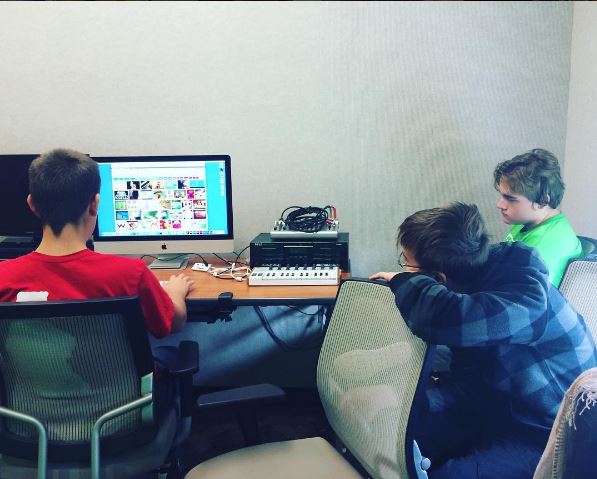A lot of time and effort goes into preparing your child’s Individualized Education Plan. But once you’ve had the initial IEP meeting with your child’s teachers, aides and other school administrators and the plan is officially in action, what should you be doing? Here are three tips:
- Read the progress reports carefully. When you review your child’s progress reports, look for signs or indicators of progress. These may be evident in the adjectives or specific percentages used in the report, i.e. “multiple times” vs. “a few times.” If you do not see evidence of progress, it may be time to call an IEP meeting to review lack of progress, have a discussion with your child’s IEP team to discuss why, and open up options of how to move forward. Consider possibilities such as changing the method of instruction, adding in visual supports, chunking tasks, adding in breaks, increasing services provided or incorporating sensory input during instruction.
- Make sure your child is receiving adequate supports and services. The purpose of an IEP is to tailor supports and services to your child’s unique needs. When you have any concerns that your child isn’t receiving the agreed upon supports, start by reaching out to a teacher or administrator at the school to have a discussion. If action is not being taken or your child’s IEP is not being followed, then put requests in writing to maintain a paper trail. The IEP is a legal document and the school must follow all that it states. Remember that the minutes for services are the minimum that need to be provided.
- Remember that the IEP is responsible for home, school and community. Most IEPs focus only on the school environment. If you need help in the home or when you take your child into the community, bring this to the attention of the IEP team. Goals and supports can be put in place to help your child progress in any setting.
Peak Potential Therapy can offer support with IEP planning and progress. Please contact our team to learn more about our services.

 Several of our clients recently had a wonderful time learning about the digital animation process at the Twinsburg Library, where we created our very own cartoon! Using the
Several of our clients recently had a wonderful time learning about the digital animation process at the Twinsburg Library, where we created our very own cartoon! Using the  During the project, we learned how to take pictures in front of a green screen, edit and incorporate people into the cartoon, as well as learned about copyright usage laws. As a group, we spent five 2-hour long sessions to make a 3-minute cartoon, doing all the work including creating the plot, animation, voice recordings of our script and the editing.
During the project, we learned how to take pictures in front of a green screen, edit and incorporate people into the cartoon, as well as learned about copyright usage laws. As a group, we spent five 2-hour long sessions to make a 3-minute cartoon, doing all the work including creating the plot, animation, voice recordings of our script and the editing.